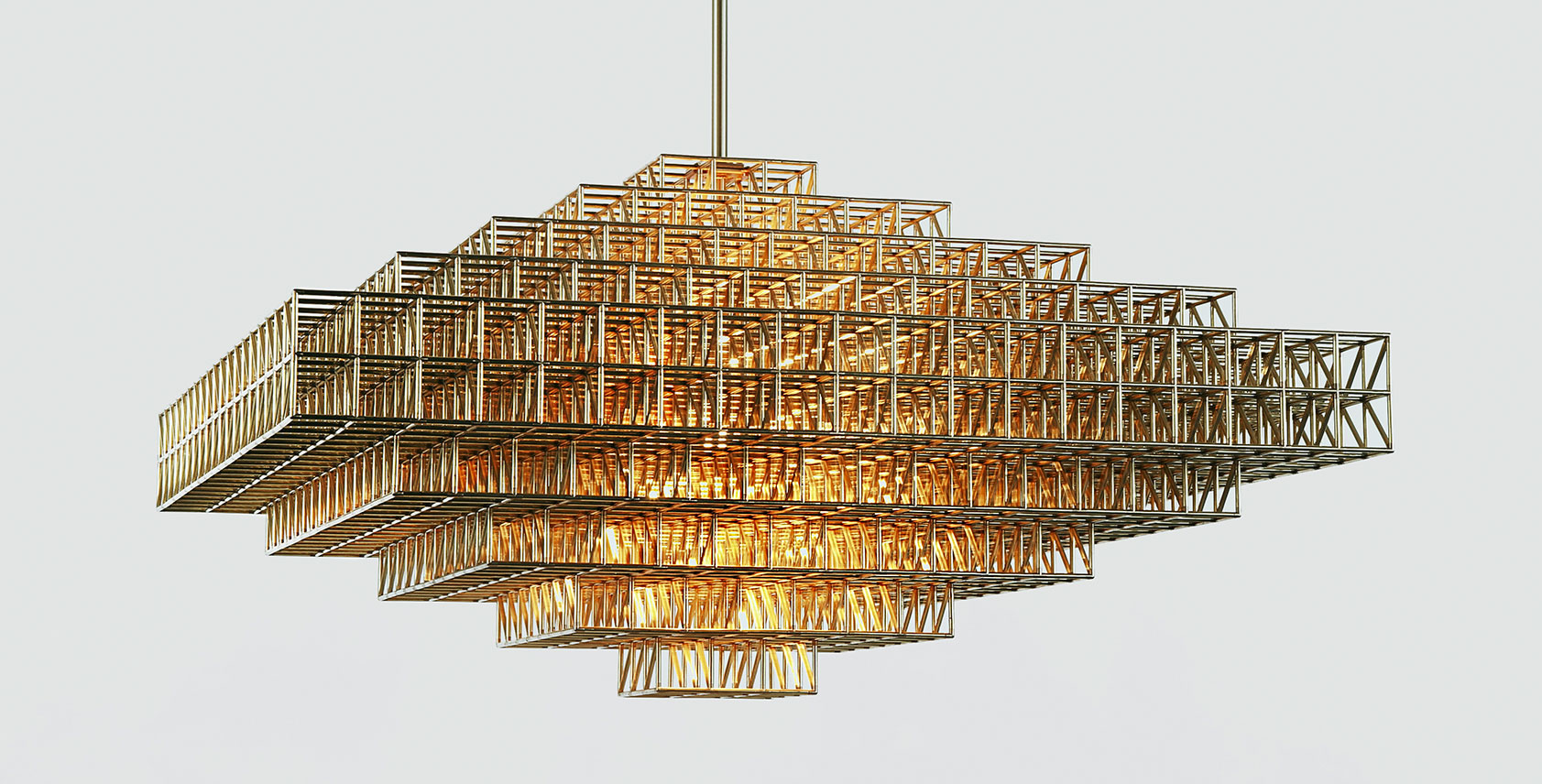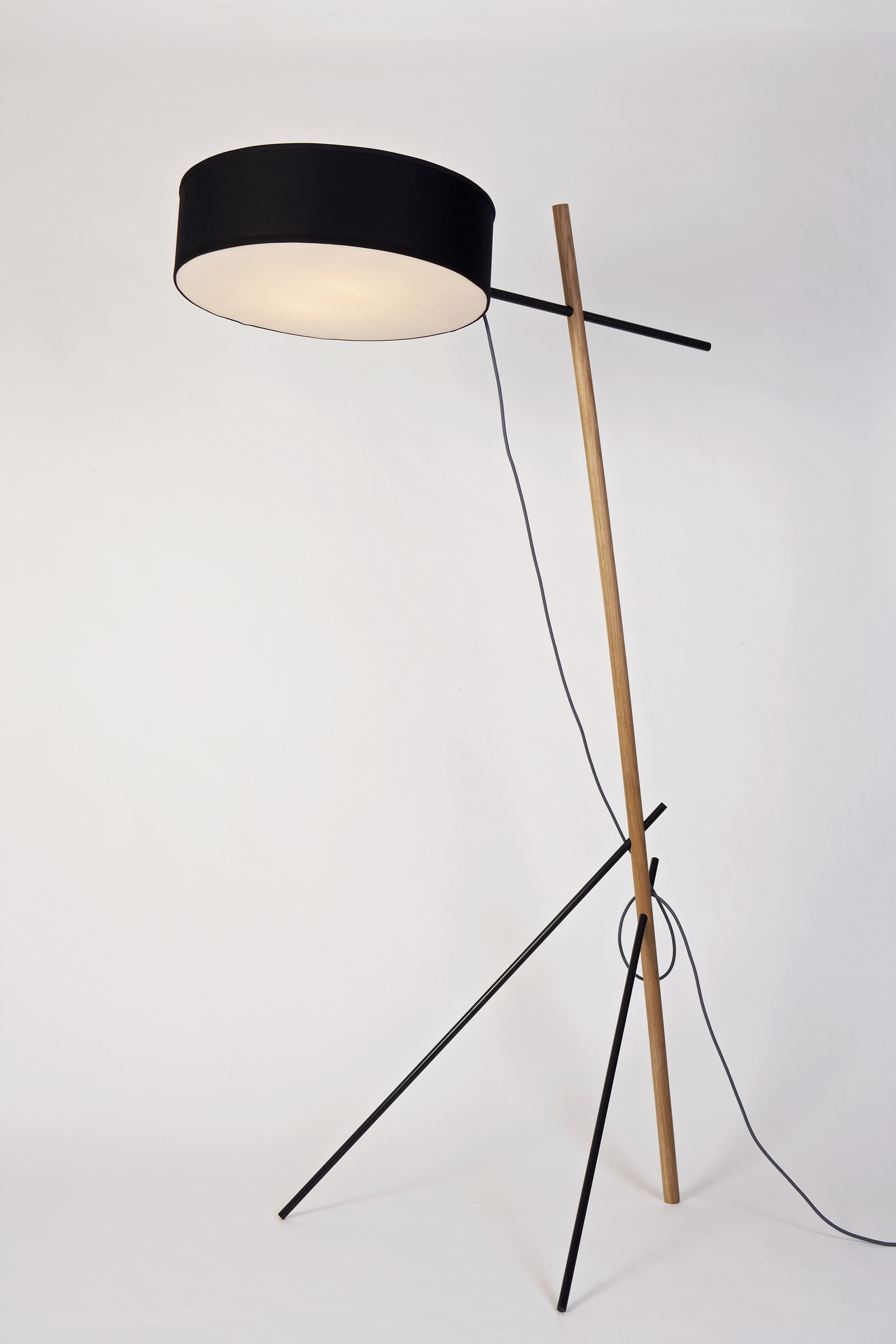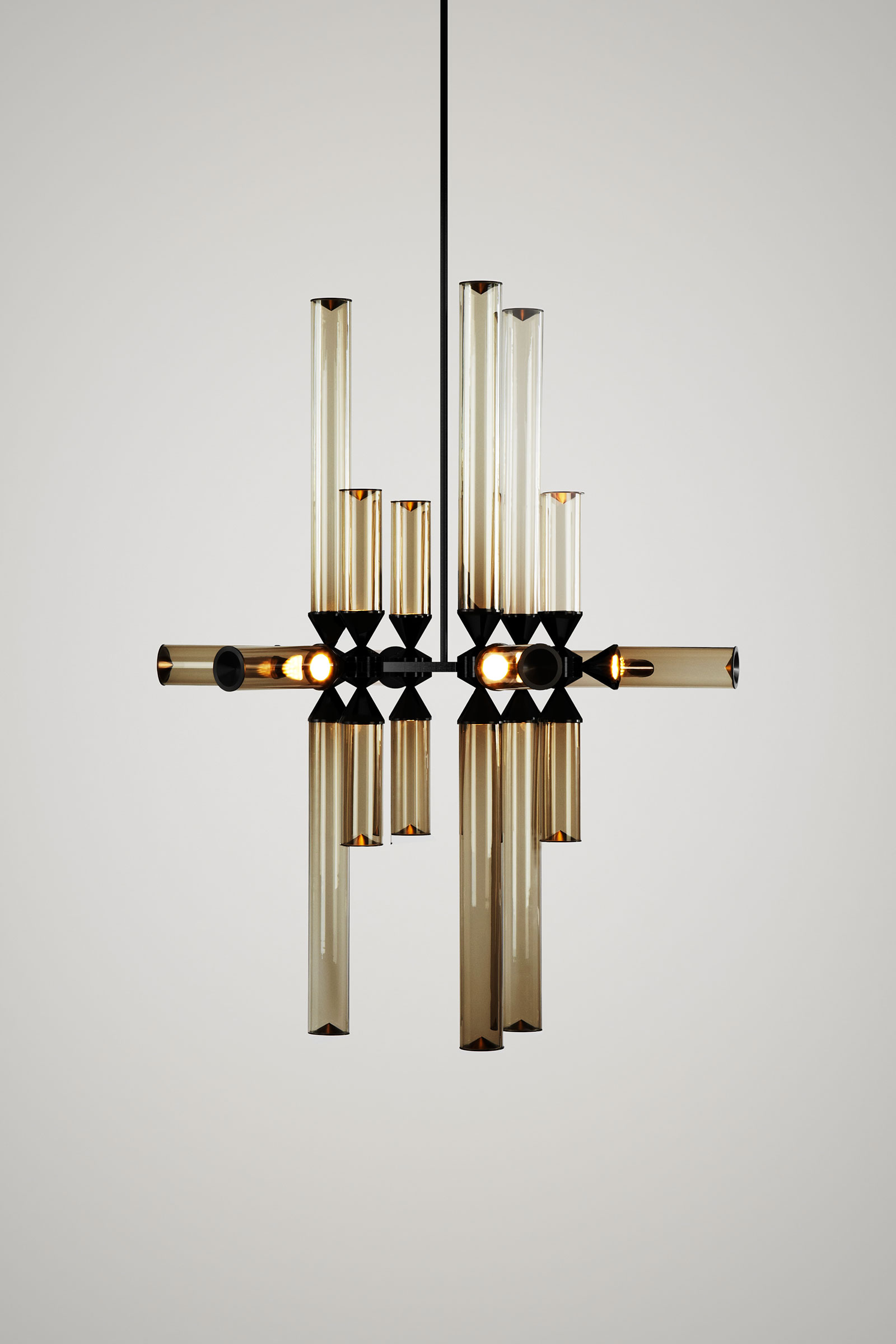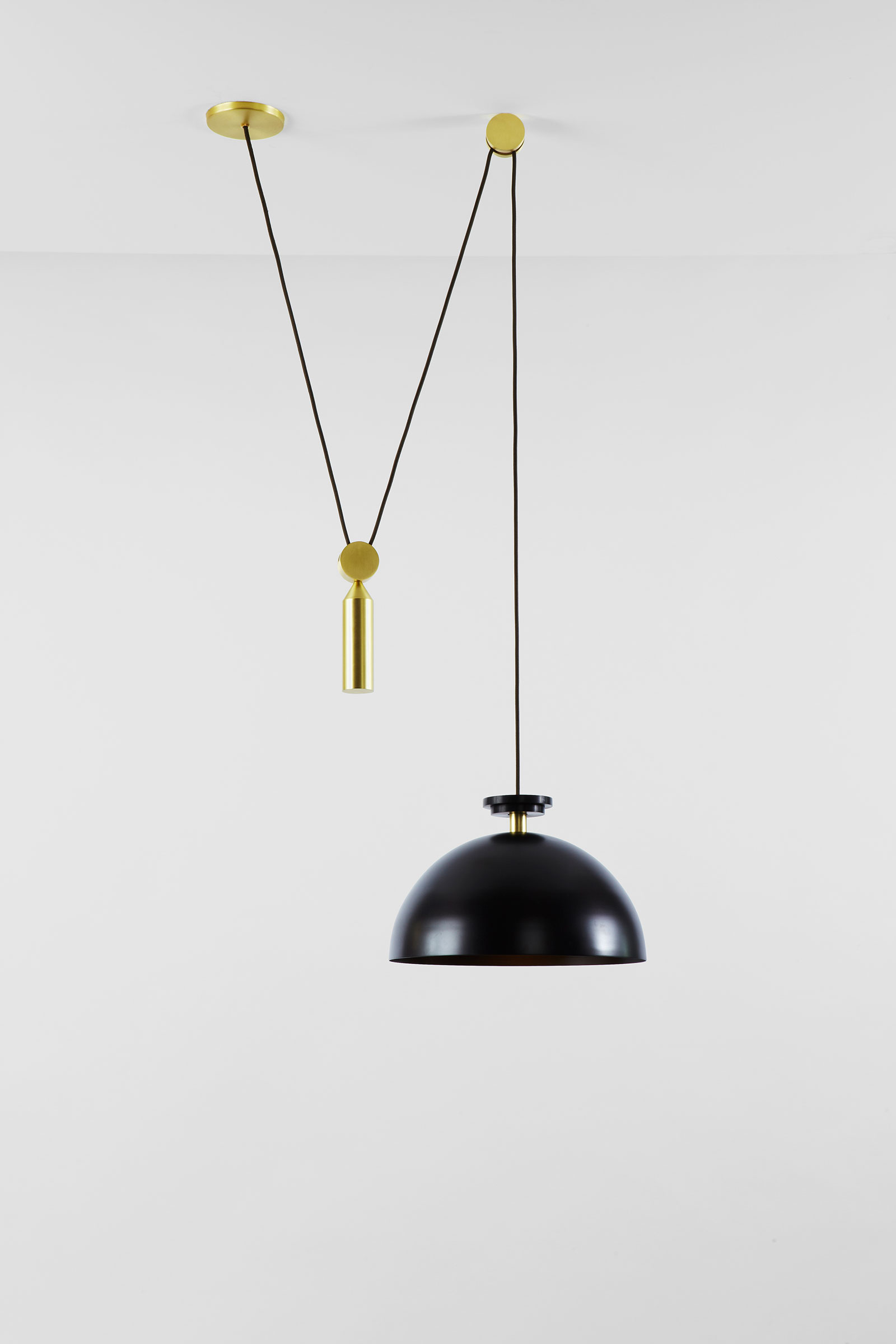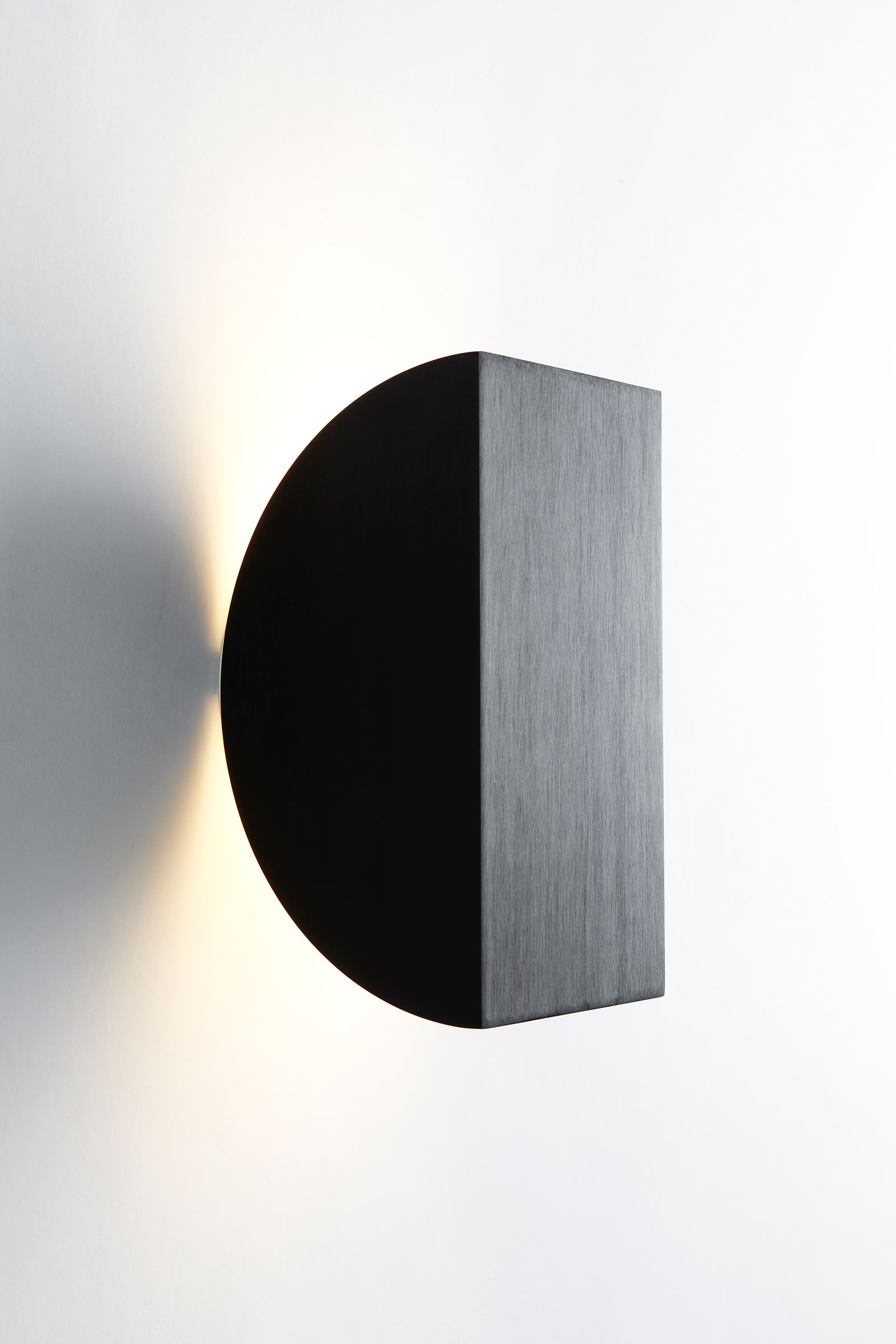Get Lit: 5 Simple Rules for Lighting Your Home Right
Step one: Buy a house. Step two: Buy a lamp. Step three: Actually, slow down. Lighting your house is more complex than you might think, especially if you want to do it right.
Forget all that expensive furniture and fancy artwork you have all over the place. Proper lighting might just be the single most important thing you can do to change the way your home looks and feels — especially now, as the weather gets cooler and the days get shorter, and your indoor spaces become so much more susceptible to changes in mood. “Creating romance in the home is what we all aspire to do,” says Richard Assaly, the owner of LightForm, a high-end lighting store with locations in Toronto, Vancouver, Edmonton, and Calgary. “Good lighting gets you there more than furniture or wall coverings.”
Why? Because, according to Dan Menchions and Keith Rushbrook, principals at II BY IV DESIGN, lighting is everything. “When lighting is done well, you don’t even notice it. When it is done poorly, it’s an assault on your senses. In a well-lit room everyone feels relaxed, comfortable and looks good, when it goes wrong people want to leave, look for dark corners, and it can even make your space feel cheap.”
So how do you do it right? Follow these five rules:
1. START FROM THE BOTTOM
“The biggest mistake is waiting until drywall is in and the power is installed because you’ll have limited options, if any,” says Assaly. Instead, work with a designer to plan how you’ll use your space, think about what kind of light- ing you’ll need, and work from there.
2. SEPARATE FORM AND FUNCTION
There are effectively two types of lighting: accent and task. Accent lights — sconces, under-cabinet track lighting or deco- rative floor lamps, for example — are more fun, but getting your task lighting straightened out will save you some (literal) headaches and help the rest of your lighting scheme fall into place. “For working, you’ll need a good focused light on your desk; for reading, a goose-necked floor lamp next to your favourite chair; for cooking, a surface-mounted or recessed task light works well (track lighting or pot lights) and for ‘hanging out’ incorporate table lamps on either end of the sofa or a floor lamp in the corner as a conversation piece,” say Rushbrook and Menchions.
3. THINK IN LAYERS
Don’t just throw up a bunch of pot lights and call it a day. The goal is to have multiple light sources throwing off different kinds of light. That’s visual texture right there. “Use a range of varied fixtures, heights and locations with special attention to highlighting favourite objects and artwork, creating vignettes,” say the guys at II BY IV DESIGN.
4. GO LED OR GO HOME
If you have any fluorescent lights left in your house, take them all out — right now — and swap them for LEDs. “Whereas previously lighting design was constrained by requirements like heat sink and material compatibility (you couldn’t use plastic with a halogen bulb, for example), now it’s not. In five years, all lights will be LED,” says Assaly. Look for a bulb with a colour temperature of 2,500 or 3,000 kelvins. It will mimic the tones of natural light, and make you feel good all over.
5. INSTALL DIMMERS — EVERYWHERE
This one should be self-explanatory: dimmers make your house look nice at night. Sexy, even. Why? “Essentially it’s the shadows that create a feeling of warmth in a space, the warm effect, the texture,” says Assaly. “Dimming your lights creates the same effect as candlelight.” And who doesn’t love a little candlelight?
